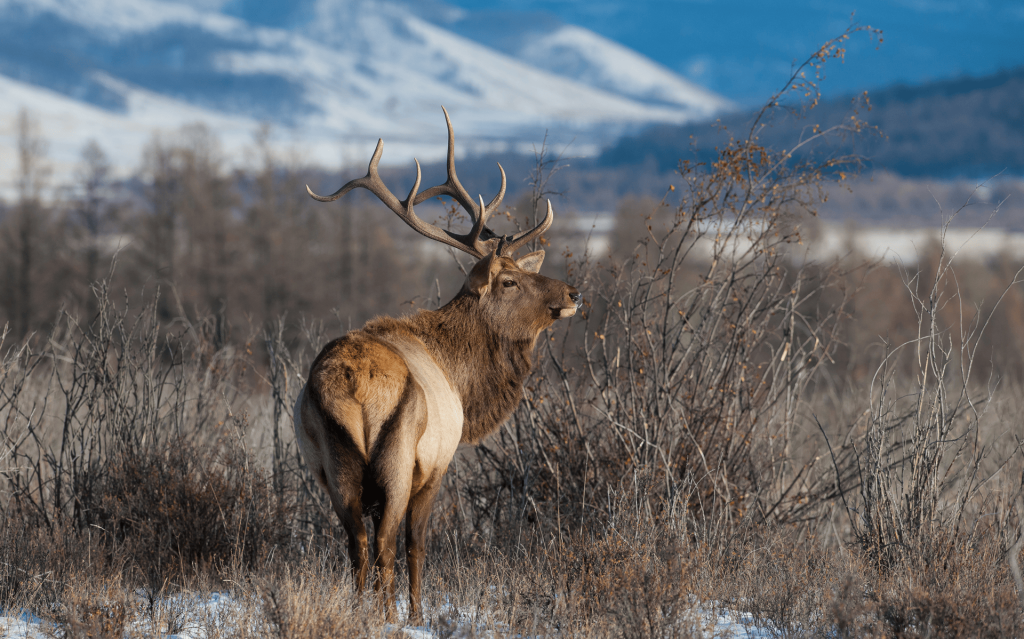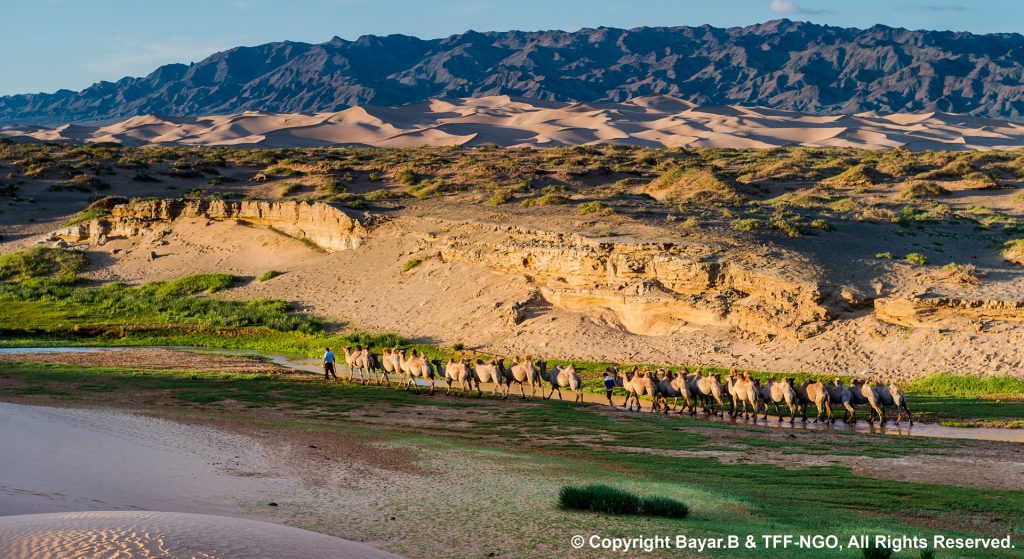
About Mongolia
Mongolia, a landlocked nation in East Asia, is renowned for its vast steppes, rich history, and unique nomadic culture. Covering approximately 1.56 million square kilometers, it stands as the world’s 18th largest country. Despite its expansive territory, Mongolia has a population of just over 3.3 million people, making it one of the least densely populated countries globally.
Mongolia’s climate is characterized by extreme continental conditions, with long, harsh winters and short, warm summers. The country experiences temperature fluctuations ranging from -40°C in winter to +40°C in summer. Its diverse landscapes include the vast steppes, the arid Gobi Desert, and the lush, forested mountains of the north.

Natural attractions such as Lake Khuvsgul, known as the “Blue Pearl of Mongolia,” and the dramatic sand dunes of the Gobi Desert attract nature enthusiasts from around the world. Mongolia’s commitment to conservation is evident in its network of national parks and protected areas, which house unique wildlife species such as the snow leopard and the Gobi bear.
The capital city, Ulaanbaatar, is home to nearly half of the country’s population and serves as the political, economic, and cultural hub. In recent years, Mongolia has experienced significant economic growth, primarily driven by its abundant mineral resources. In 2023, the nation’s Gross Domestic Product (GDP) reached $20.33 billion, with a per capita GDP of $5,838.60. The economy expanded by 7.4% that year, reflecting a robust recovery and development trajectory.
Mongolia’s economy is primarily driven by its rich mineral resources, including coal, copper, and gold. In recent years, mining exports have fueled economic growth, with China being the country’s largest trading partner. Agriculture, particularly livestock herding, remains a vital sector, with over 60 million livestock supporting the livelihoods of many rural families.
Despite economic progress, Mongolia faces challenges such as infrastructure development, unemployment, and environmental sustainability.
Agriculture, particularly livestock herding, remains a cornerstone of Mongolian life. As of the end of 2023, the livestock census reported approximately 64.7 million head of livestock, a 9.1% decrease from the previous year. The composition of the herd includes 4.8 million horses (7.5%), 5.3 million cattle (8.3%), 473,900 camels (0.7%), 29.4 million sheep (45.5%), and 24.6 million goats (38.1%).
Mongolia’s political landscape is characterized by its commitment to democracy, a notable distinction given its geographical position between two major powers, Russia and China.
Mongolia boasts a rich historical and cultural heritage, deeply influenced by its nomadic roots and the legacy of the Mongol Empire. The 13th century saw Mongolia rise to global prominence under Genghis Khan, establishing the largest contiguous empire in history. Today, the remnants of this glorious past can be found in archaeological sites, ancient monasteries, and preserved nomadic traditions.

Festivals such as the Naadam Festival, showcasing the “three manly sports” of wrestling, horse racing, and archery, highlight the enduring cultural identity of the Mongolian people. Traditional throat singing, intricate craftsmanship in felt-making, and the practice of falconry are recognized as integral parts of Mongolia’s intangible cultural heritage.
Efforts to diversify the economy by promoting tourism, renewable energy, and technology-driven industries are ongoing. For travelers, Mongolia offers a wealth of attractions. From the rolling dunes of the Gobi Desert to the pristine waters of Lake Khuvsgul, the country’s diverse landscapes provide a backdrop for adventure and exploration. Cultural experiences, such as staying in traditional gers (yurts) and witnessing the famed Naadam Festival, offer insights into the enduring nomadic traditions of the Mongolian people.
In summary, Mongolia presents a unique blend of rapid modernization and deep-rooted traditions. Its vast landscapes, rich cultural heritage, and evolving political and economic dynamics make it a compelling destination for those seeking both adventure and insight into a nation at the crossroads of change.